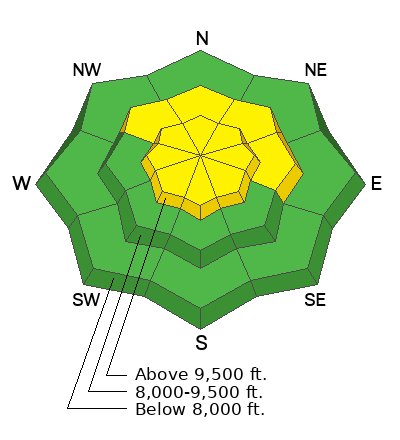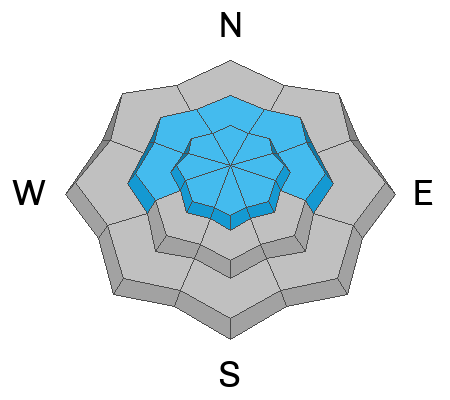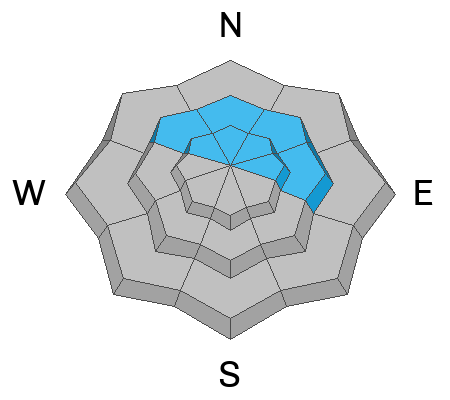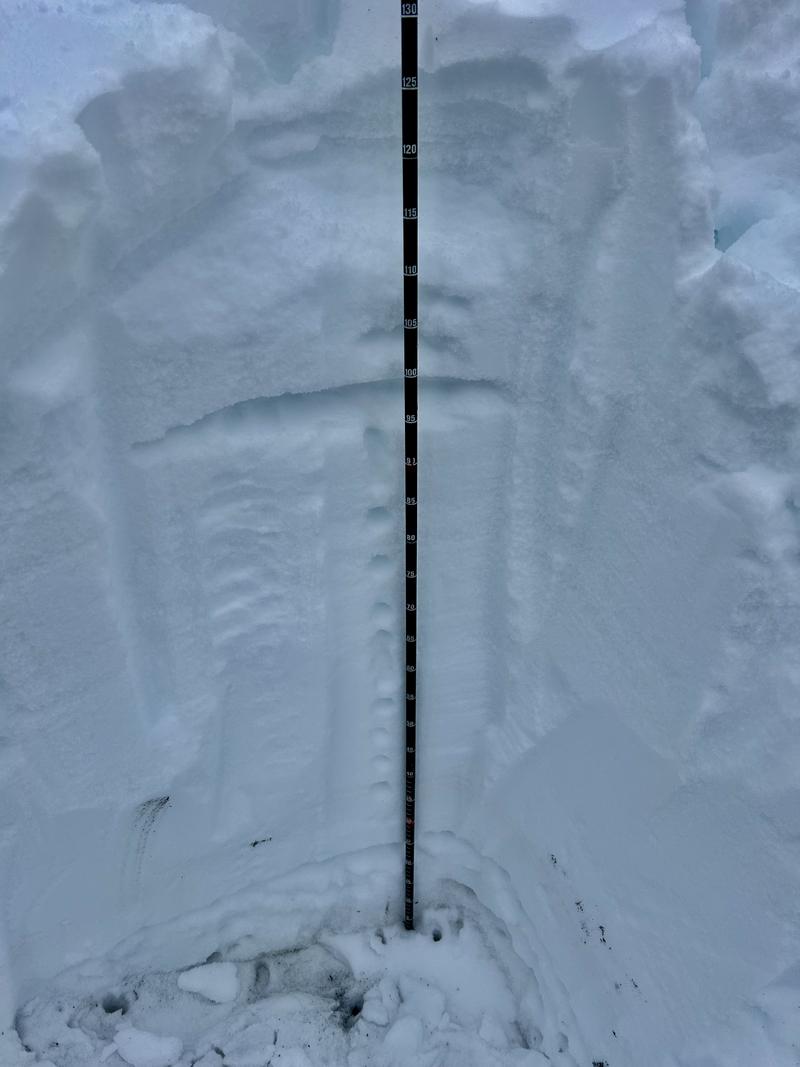Forecast for the Provo Area Mountains

Issued by Trent Meisenheimer on
Saturday morning, January 25, 2025
Saturday morning, January 25, 2025
Areas of MODERATE avalanche danger exist on all aspects at the upper elevations and on mid-elevation aspects facing northwest through north and east where it is possible to trigger a hard slab avalanche of wind-drifted snow 1-2 feet deep.
On northerly and east-facing slopes at the mid and upper elevations, there is a MODERATE danger of triggering an avalanche that fails 2-4 feet deep in a persistent weak layer.

Low
Moderate
Considerable
High
Extreme
Learn how to read the forecast here









